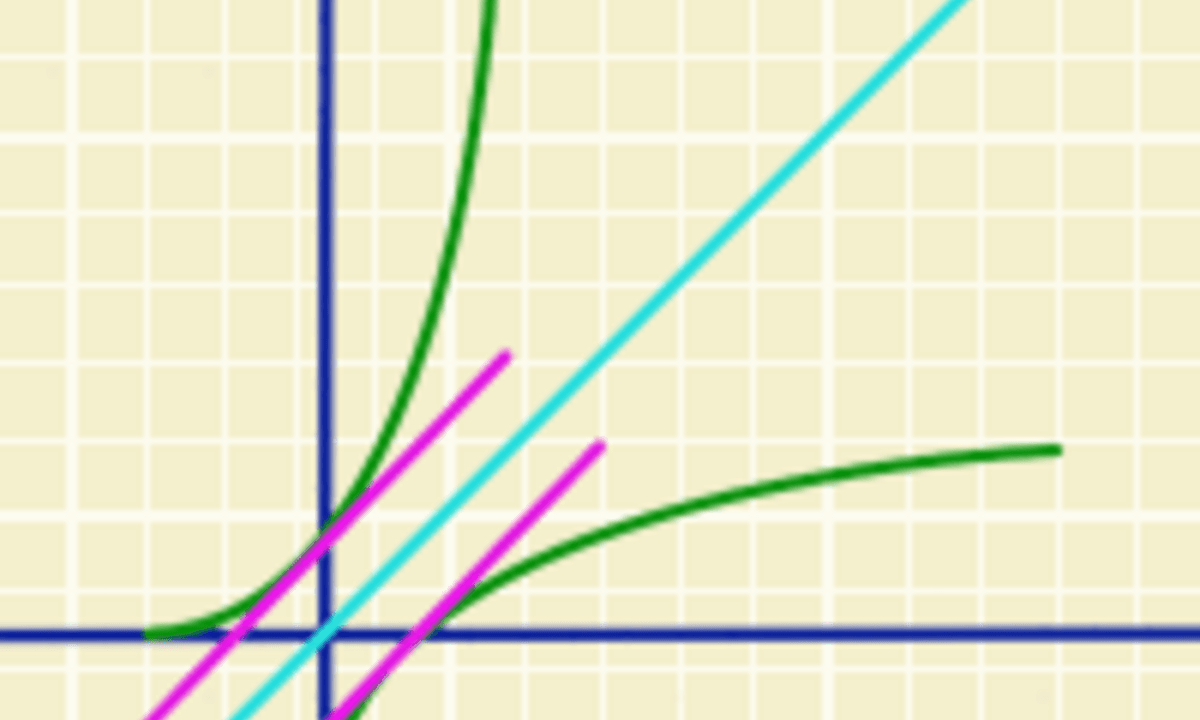
Description
The logit model is the workhorse of choice modelers. But it has some limitations. In particular, some assumptions used to derive it may not be consistent with the behavioral reality. It may lead to erroneous forecast. We illustrated using the so-called "red bud-blue bus" paradox, and Multivariate Extre Value models, addressing some of these issues, are introduced.
The sampling procedure used to collect choice data has a critical impact on the model estimation procedure. We introduce classical sampling procedures, and analyze in details the implications for model estimation.
In our quest to address the limitations of the logit model, we introduce a new family of models, based on "mixtures". We define what mixtures are, how they can be calculated. We investigate several important modeling assumptions that they can cover.
Random utility relies on the rationality assumption for the decision-makers. We show that human beings are not always consistent with this assumption, and may exhibit apparent irrationality. Hybrid choice models are able to capture subjective dimensions of the choice process, using variables that are called "latent variables".
Choices evolve over time. Individuals learn, develop habits. In order to capture that, it is necessary to observe individuals over time, and to collect so-called "panel data". The introduction of the time dimension into choice models has some econometrics implications, that we describe in detail.
Who needs choice models, when machine learning algorithms are so powerful and pervasive? In this last chapter, we introduce the similarities and differences between machine learning and discrete choice, and we discuss some potential limitations of machine learning in the context of the analysis of choice data.
Tags
Syllabus
- Week 1. Multivariate Extreme Value Models
- Week 2. Sampling
- Week 3. Mixtures
- Week 4. Latent variables
- Week 5. Panel data
- Week 6. Machine learning

Selected Topics on Discrete Choice
-
TypeOnline Courses
-
ProviderEdX
The logit model is the workhorse of choice modelers. But it has some limitations. In particular, some assumptions used to derive it may not be consistent with the behavioral reality. It may lead to erroneous forecast. We illustrated using the so-called "red bud-blue bus" paradox, and Multivariate Extre Value models, addressing some of these issues, are introduced.
The sampling procedure used to collect choice data has a critical impact on the model estimation procedure. We introduce classical sampling procedures, and analyze in details the implications for model estimation.
In our quest to address the limitations of the logit model, we introduce a new family of models, based on "mixtures". We define what mixtures are, how they can be calculated. We investigate several important modeling assumptions that they can cover.
Random utility relies on the rationality assumption for the decision-makers. We show that human beings are not always consistent with this assumption, and may exhibit apparent irrationality. Hybrid choice models are able to capture subjective dimensions of the choice process, using variables that are called "latent variables".
Choices evolve over time. Individuals learn, develop habits. In order to capture that, it is necessary to observe individuals over time, and to collect so-called "panel data". The introduction of the time dimension into choice models has some econometrics implications, that we describe in detail.
Who needs choice models, when machine learning algorithms are so powerful and pervasive? In this last chapter, we introduce the similarities and differences between machine learning and discrete choice, and we discuss some potential limitations of machine learning in the context of the analysis of choice data.
- Week 1. Multivariate Extreme Value Models
- Week 2. Sampling
- Week 3. Mixtures
- Week 4. Latent variables
- Week 5. Panel data
- Week 6. Machine learning
Related Courses


Bayesian Statistics: Techniques and Models

Introduction to Calculus

Introduction to Statistics & Data Analysis in Public Health

Statistical Learning

Take off with Stats in Python

R을 사용한 확률 및 데이터 소개

Linear Algebra II: Matrices and Linear Transformations

Space, Time and Einstein

Foundations of Machine Learning

CBASE: Practice & Study Guide


 Online Courses
Online Courses  EdX
EdX
